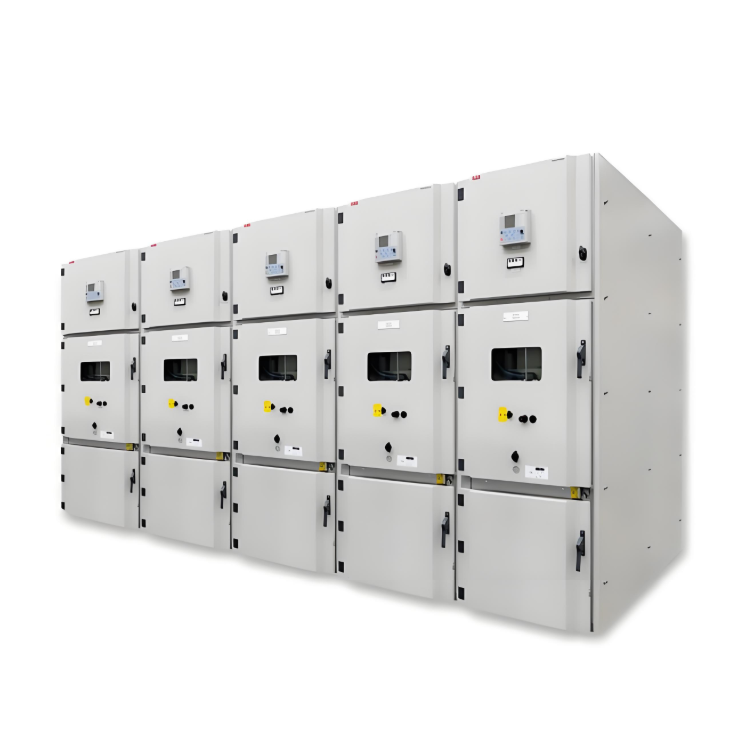What are the potential drawbacks of using mini-circuit breakers instead of fuses for power distribution?
Using miniature circuit breakers (MCBs) instead of fuses for electrical distribution has many advantages, but it also comes with some potential disadvantages. Here are the main potential drawbacks:
1. Cost
Initial Cost: The initial cost of MCBs is typically higher than that of fuses. MCBs contain more mechanical and electronic components, making them more expensive to manufacture.
Maintenance Cost: While MCBs have a longer lifespan and can be reused, they may require repair or replacement if they fail, which can be costly.
2. Reliability
Mechanical Failures: MCBs contain mechanical parts that can fail, such as worn contacts or fatigued springs.
False Tripping: MCBs may trip due to environmental factors (e.g., temperature, humidity, vibration) or internal faults, whereas fuses are generally more stable.
3. Sensitivity and Selectivity
Sensitivity: The sensitivity of MCBs can be adjusted by setting values, but this flexibility can also lead to false tripping. Fuses have fixed sensitivity and are less likely to blow due to minor overloads.
Selective Protection: In complex distribution systems, achieving selective protection (i.e., isolating only the faulty circuit without affecting others) can be more challenging with MCBs. Selective protection with MCBs requires careful design and configuration.
4. Maintenance and Inspection
Regular Inspection: MCBs require regular inspection and maintenance to ensure they function correctly. Fuses are relatively simple, and replacing a blown fuse is straightforward.
Fault Diagnosis: When an MCB trips, further diagnosis is needed to determine the cause of the fault, whereas a blown fuse often provides clear visual evidence of the fault.
5. Applicability
Extreme Conditions: In extreme environmental conditions (e.g., high temperatures, high humidity, corrosive gases), fuses may be more durable than MCBs, which can be more prone to damage.
Special Applications: In certain special applications, such as those with very high short-circuit currents, fuses may provide better protection. MCBs may not be able to handle such high currents.
6. User Habits and Training
User Habits: Many electricians and technicians are already accustomed to using fuses, and operating and maintaining MCBs may require additional training.
Risk of Misoperation: Incorrect operation or settings can lead to MCBs not functioning correctly, increasing the risk of misoperation.
7. Electromagnetic Interference
Electromagnetic Interference (EMI): The electronic components in MCBs can be affected by electromagnetic interference, leading to false tripping or failure. Fuses are immune to EMI.
Summary
Using miniature circuit breakers instead of fuses for electrical distribution has several potential disadvantages, including higher initial and maintenance costs, risks of mechanical failures and false tripping, challenges in achieving selective protection, the need for regular maintenance and inspection, applicability in extreme conditions, user habits and training requirements, and susceptibility to electromagnetic interference. Despite these drawbacks, MCBs offer significant advantages in many applications, such as reusability, easy replacement, and higher safety. The choice between MCBs and fuses should be based on specific application requirements and environmental conditions.
The Electricity Encyclopedia is dedicated to accelerating the dissemination and application of electricity knowledge and adding impetus to the development and innovation of the electricity industry.













